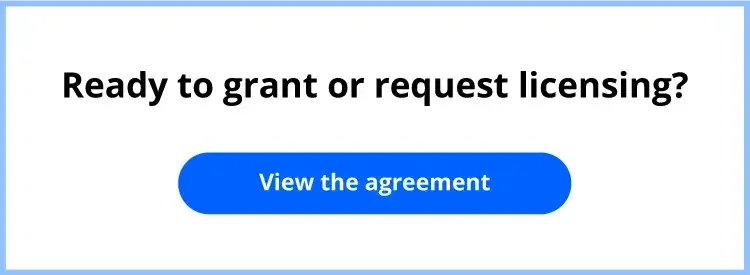When someone creates an intellectual property, such as a book, poem, artwork, or song, it's automatically protected by copyright. This means that only the owner of the work may use, reproduce, repurpose, distribute, perform, or sell the work.
You will need express permission from the owner before you reproduce any portion of their work for your own purposes. If the work is not reprinted with permission or is not considered fair use, you could face legal action.
Read on to learn about when you can and cannot use copyrighted material and how to request permission to do so.

When you can use copyrighted material without permission
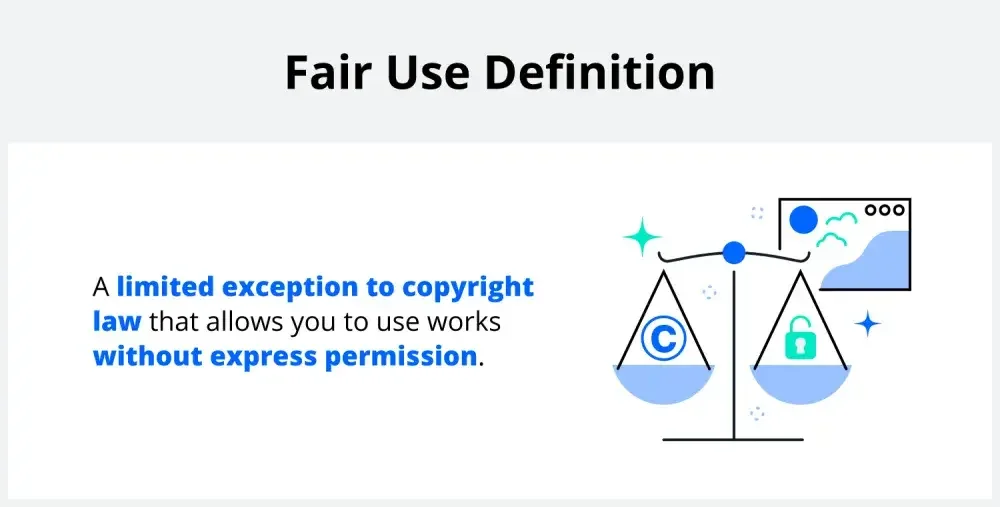
An exception to copyright law known as “fair use" protects your right to use the copyrighted work without permission. If you own a copyright, fair use allows others to reproduce your work in certain circumstances.
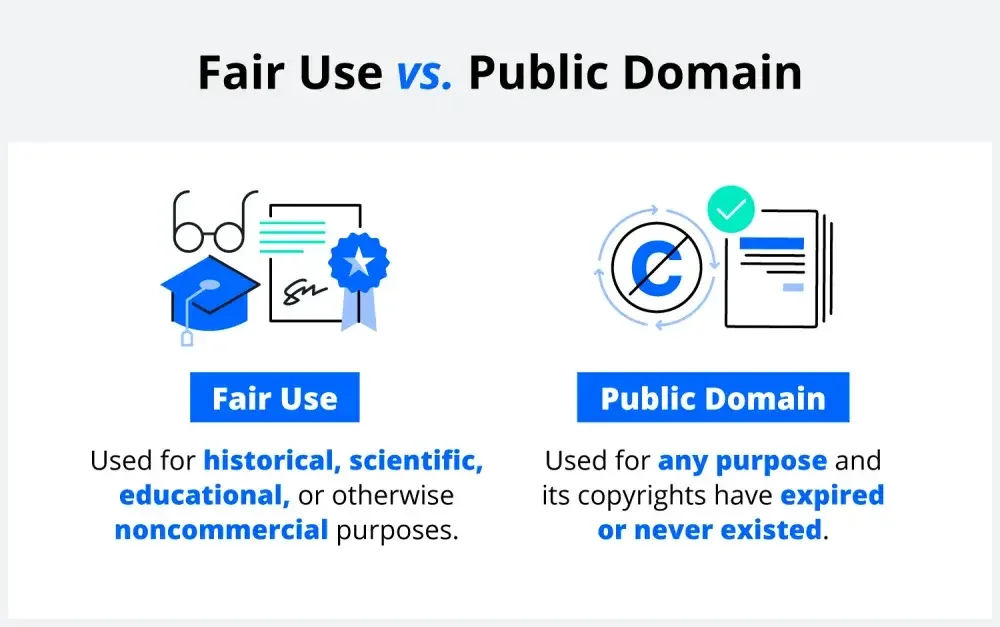
If the work is in the public domain, you don't need to seek permission to reproduce it. To qualify for fair use, you should only use a small excerpt of the original work, and your purpose must be noncommercial.
Not all materials qualify for fair use, but those that do typically conform to the following criteria:
- Historical importance
- Educational content
- Scientific purpose
- Other noncommercial uses
Consequences of copyright infringement
If you use someone else's work and it does not fall under the fair use exception or within the public domain, you might be subject to copyright infringement laws. You could face severe penalties, such as:
- Up to $150,000 in fines for each work you use without permission
- Up to five years of jail time if your usage is ruled as willful and you profited from the infringement
If you want to reproduce, republish, or reprint creative work, you must seek written permission—this includes posting photos to your social media accounts.
How to get permission to reprint published material
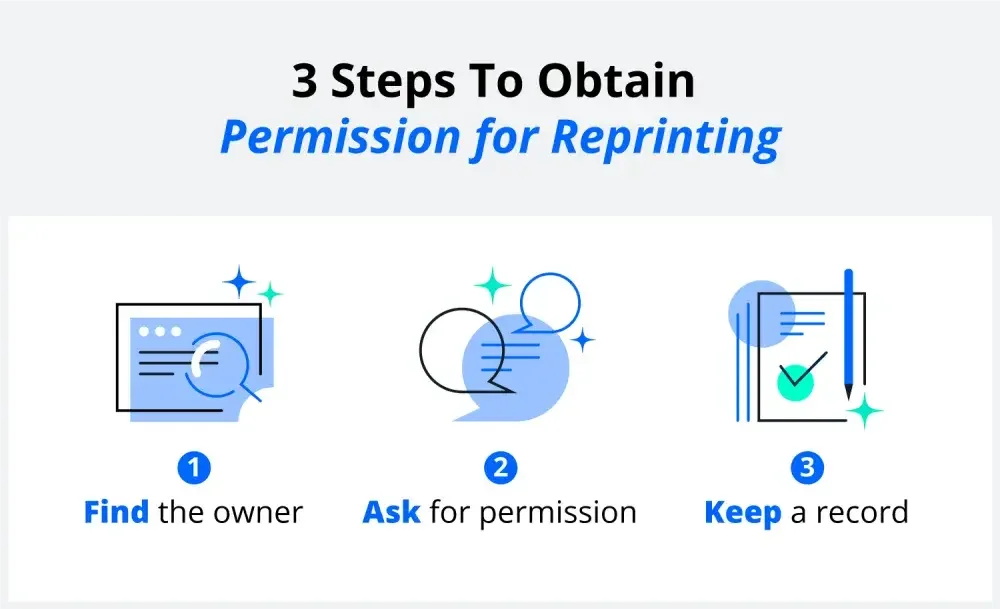
It's important to seek permission from a work's original author to avoid copyright infringement. Don't fret, though—the process of getting and giving permission is fairly easy. Read below for the steps on how to do so.
1. Locate the owner
Finding the owner can be easy with a published work. You can check either:
- Author's/artist's name
- Copyright notice
The copyright notice can usually be found in the first few pages of a book, magazine, or other written work. If the work you wish to use is something more obscure, you can search the U.S. Copyright Card Catalog. Check for a watermark or credit naming the creator for photographs or artwork.
2. Request permission to use the work
Once you've located the copyright owner, you need to request written permission to use their work. You can use a form, such as a request for permission to reprint published material form. Include the following details in your request:
- Identifying details about the work: The title, URL, or any other identifying information
- Details about the reproduction: The title of the publication that will reprint the material, including the author, editor, compiler, and publisher of the new work
- Your purpose for using the work: Whether permission is sought for personal use, scholarly use, commercial use, commentary, or another reason
- How you intend to use the work: The time frame, location, and how many times you will use the work
In turn, the creative work's owner will likely include the following information for you to agree to:
- Geographical limitations: Where you can and cannot use your reproduction
- Medium constraints: The ways in which you can reproduce the work
- Fee information: Cost of using the reproduction of the work, which may vary
They could also include an artwork release form in the agreement to license their work, which will cover specific terms for visual works. You should note that licensing fees are standard, and the amount charged will vary based on how you intend to use the image. Commercial usage will usually garner a higher price.
3. Maintain proof of your license
Make sure to keep a record of the permission you were granted ready to produce. This way, you can defend yourself should you ever be accused of copyright infringement.
- Once you get permission from the copyright owner to use their work, you have a license to use their work in the ways that they've permitted.
In most cases, you'll be granted a nonexclusive copyright license. This means you have the right to use the portion of the work you requested permission to reprint, but you have no other rights to the work. Those exclusive rights remain with the copyright owner.
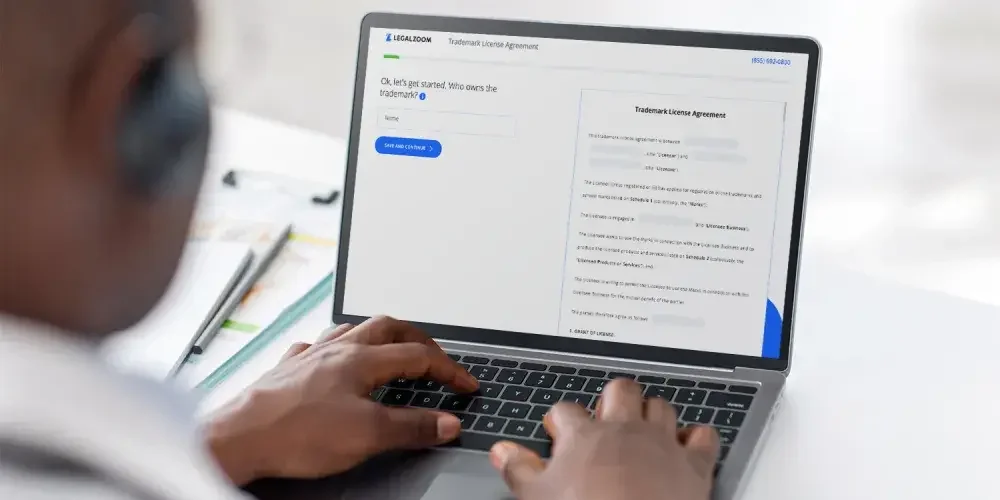
To set an agreement with another party about how you'll use a trademark and how much you'll pay for it, you'll need a trademark license agreement. This type of legal contract is common and has a variety of uses for products and services, including clothing, food wrappers, and beverage labels. It defines:
- Parties involved, including the licensor and licensee
- Identification of the trademark(s) covered by the agreement
- Approved uses for the products or services being licensed
- Geographic area(s) where the licensee can offer, use, and distribute related products or services
- Quality standards the licensee must adhere to when using the trademarks
Download our free template below with step-by-step help for filling it out.
If you're on the fence about whether you need permission to use a work, it's safe to assume you do. The legal consequences far outweigh the minor inconvenience of seeking permission. For complete clarity on the topic, you should consult with an attorney who has intellectual property and fair use experience.


